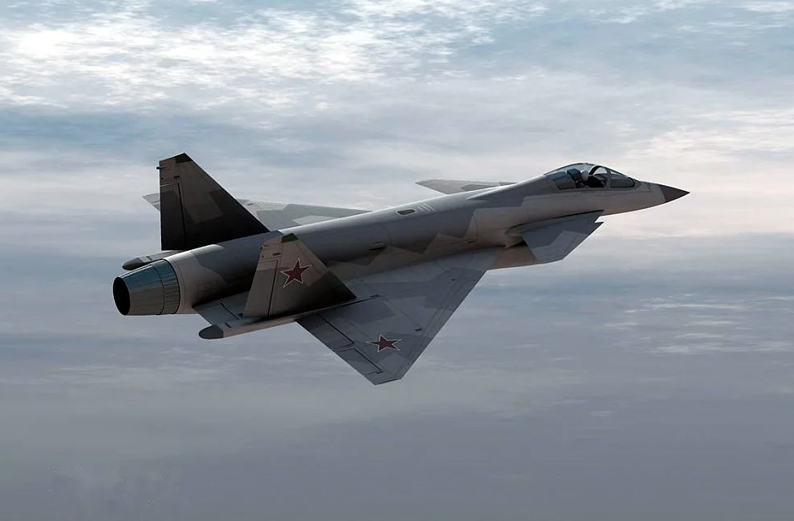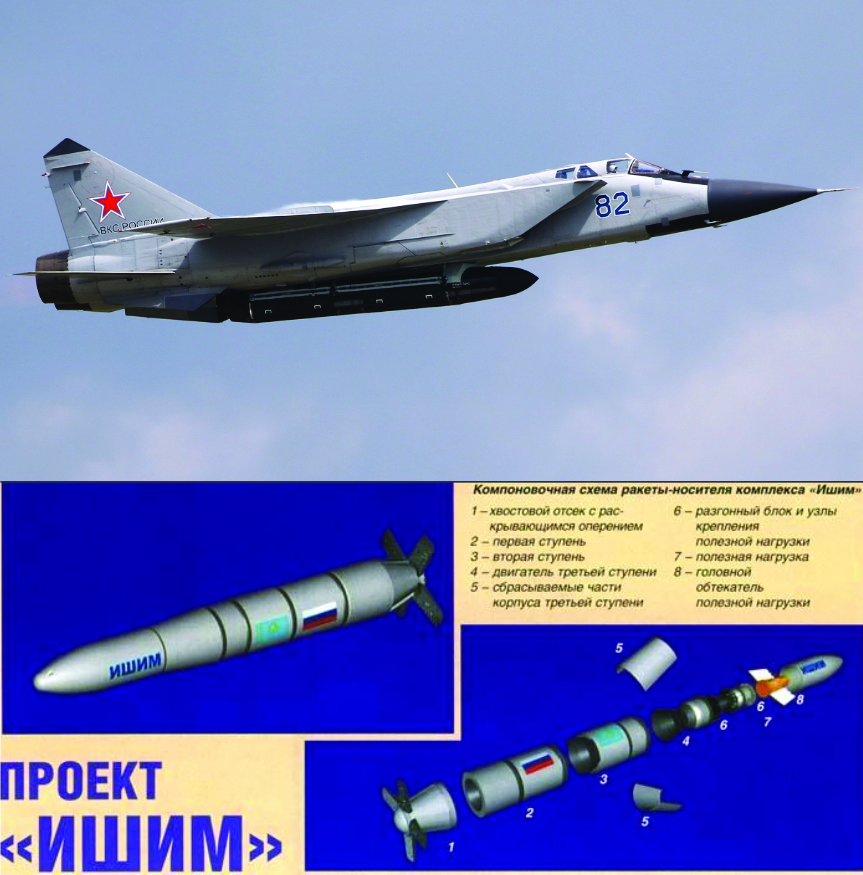Overshadowed by Sukhoi's innovations with the Su-57 fighter and the S-70 UCAV, but above all by its commercial failure with the Mig-35, the Russian aircraft manufacturer remains at the heart of strategic programs.
Fifth generation single-engine
At the beginning of the month Rostec’ CEO Serguei Chemezov confirmed that Mig was entrusted with the development of a 5th generation single-engine, dronable combat platform. This would replace the Mig-29 and Mig-35 multi-role fighters for both air and naval forces. This development, currently self-financed by Rostec, was initiated in 2015 with the LMFS project, in order to capitalize on the original work carried out on the fifth-generation Mig 1.44 prototype before it was superseded by Sukhoi's PAK-FA/Su-57. One particularly remembers the research carried out by the Mikoyan design office to "absorb" radar waves thanks to an electromagnetic plasma that would have been generated all around the cell. The UAE could capitalize on such a program since in February 2017 it signed an agreement with the Russians to build a fifth generation single-engine aircraft in less than 10 years.
Arctic
In order to protect Russia's strategic assets in the Arctic, the Russian authorities have decided to plan the modernization of a third of 60 Mig 31 to BM standard (8 in 2006, 54 in 2014). While the venerable Russian interceptor still offers outstanding performance (speed of 3200 km/h, ceiling of 26000 m), this new standard will not only provide it with new-generation avionics and sensors to simultaneously process 6 targets, but will also increase its range to 4000 km to carry out reconnaissance operations simultaneously process 6 targets, but will also increase its range to 4000 km to carry out reconnaissance operations at high altitudes and above all to intercept stealth platforms. Particular attention was paid to its interaction capabilities with the belt of counter-stealth radars currently deployed on the Russian Arctic coast with the Voronezh, Rezonans, and Nevo-M systems. Deployed in three of the four military districts, several Mig-31BMs have recently entered operational service at the Anadyr base located in the Russian Far East near the American coast. A base from which the Tu-22M3 and Tu-160 strategic bombers operate from time to time.
ASAT and 6th Generation
But above all, let's not forget that the BM standard was designed to integrate two disruptive weapons from the Russian arsenal: the hypersonic Khinjal missile, and a second even more imposing, the 79M6, photographed in September 2018 at the Moscow base of Zhukovsky. The aim of this ballistic missile would be to resurrect the Ichim/Kontakt program, which not only aimed to put a satellite into low orbit with a notice period of a few hours, but above all to destroy the most critical American military satellites with a "killer vehicle"... a capacity that would be reinforced with the arrival of the Mig-41 announced last summer by Mig's CEO Ilia Tarasenko himself. This 6th generation aircraft, successor to the Mig-31, would be a manned space-capable interceptor (a concept that has been tested since the end of the 1960s as part of the Spiral program and the famous Mig-105 prototype) capable of neutralizing satellites, orbital drones like the X-37B, or even hypersonic gliders thanks to its evolutionary altitude, its speed, and the kinetic energy of its vectors, whose range will be increased tenfold once they leave the atmosphere. In this respect, the concept of using Russian 6th generation aircraft differs from Western approaches.
Next month Air and Cosmos will be dedicated to a special report to strengthening Russian anti-aircraft capabilities in the Arctic.



